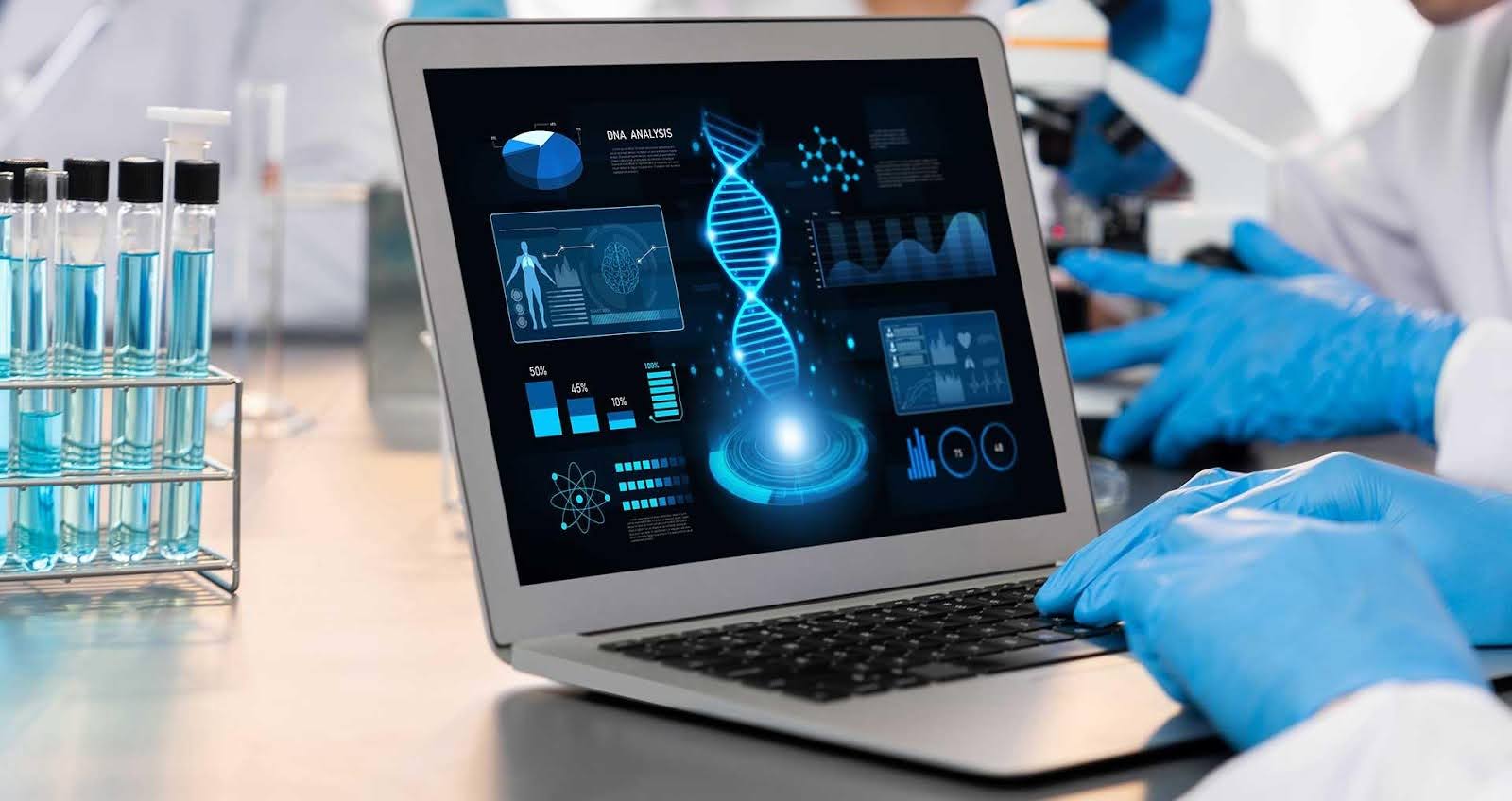Thanks to the latest healthcare technologies, we are witnessing a new era in healthcare. In order to provide quality services, the industry has undergone a rapid transformation. This transformation is driven by aspects like the increased use of smartphones and remote monitoring.
The technology has helped to improve the lives of people and the quality of services provided in the healthcare industry. The industry can now provide cheaper, quicker, and more efficient solutions to diseases. Here are some ways that technology is changing the healthcare industry.
Table of Contents
Artificial Intelligence
Artificial intelligence revolutionizes the healthcare industry. AI can now design and develop drugs more quickly thanks to the ability to mine medical records. It is now easier to diagnose cancer and other diseases. AI is being used by companies to reduce the costs of developing new medicines. AI technology has changed what people expect and created new growth opportunities.
Disease Diagnostics
Scientists and doctors can do an excellent job with genome sequencing in terms of disease diagnosis, drug development, and profiling. Transcriptomics, for example, is a tool that scientists and doctors can use to learn how they can diagnose and profile medical conditions, drug sensitivities, and diseases. RNA-Seq, for example, helps identify regulatory elements that are important to human disease. This analysis provides insight into the molecular mechanisms of disease and helps to understand various therapeutic agents.
Virtual Reality
Virtual reality has transformed the lives of doctors and patients. Virtual reality allows surgeons to practice operations and train staff. The technology has transformed the performance of modern doctors, giving them an edge over traditionally trained physicians. This technology is also beneficial to patients. The technology has made great improvements in areas such as pain management. VR headsets can be worn by women during childbirth to help them visualize a relaxing environment. VR stimuli can also be used to reduce pain in patients with post-surgical, neurological, or cardiac pain.
Healthcare Wearable Sensors
Wearables and sensors make healthcare easier. Wearables, in addition to electronic records for patients, help increase prevention and improve health outcomes for their users. Wearables can alert the wearer and their doctor to sudden medical problems. They can collect real-time data and analyze it in order to give important information. This information allows doctors to be proactive and contact patients in need of urgent medical care.
Healthcare wearables are a huge help to anyone who wants to improve their cognitive abilities, manage their weight, or reduce stress. Patients are put at the center of the care process, as they can track their health remotely and communicate the results to their doctors. These devices empower individuals to make better health decisions and take control of their health.
3D printing
The 3D printing technology is a medical breakthrough that can be used to create drugs, prostheses, and human tissues. Studies have shown that the technology can print body parts.
Robotics
Another rapidly growing technology in medicine is robotics. Exoskeletons, disinfectant robots, pharmabotics, and surgical robots are all examples of robot developments. The first exoskeleton-assisted surgery was actually performed in 2019. Robots can be used in many different areas. Robots can also be used by doctors to reduce loneliness among patients. These robots are also helpful in treating mental illnesses and chronic illnesses.
Conclusion
The healthcare sector is being revolutionized by advanced digital technology. The digital transformation has changed the way care is delivered and managed. The care is better, and the patient experience is enhanced. The technology has also reduced costs and increased accuracy.
